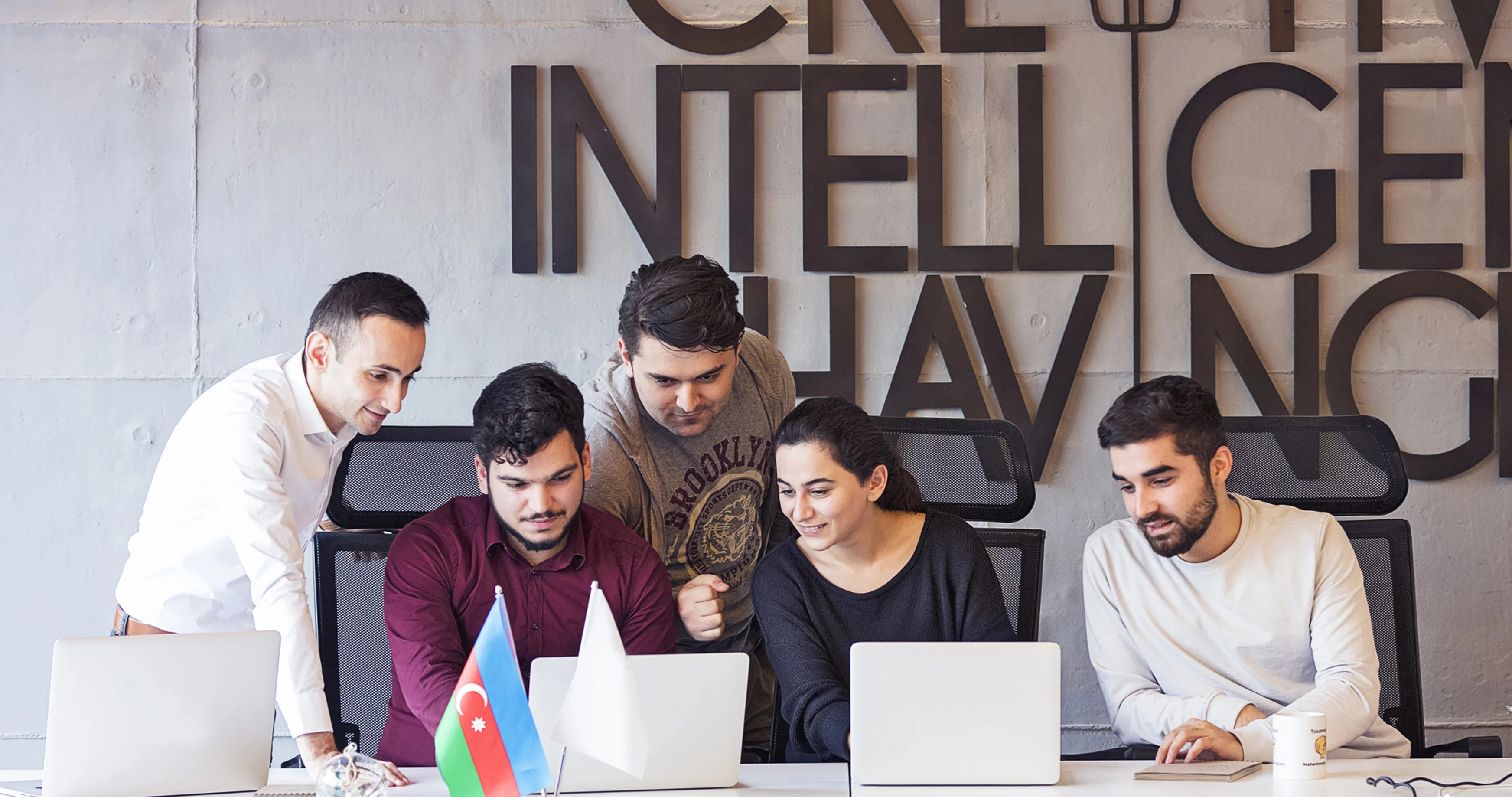Enhancing Creativity and Innovation in Collaborative Workspaces

In today’s fast-paced and dynamic work environment, creativity and innovation are essential for businesses to thrive. Collaborative workspaces—whether physical coworking spaces or virtual environments—play a crucial role in fostering these qualities. By encouraging teamwork, knowledge sharing, and diverse interactions, these spaces help individuals and teams unlock new ideas and drive innovation. Here’s how collaborative workspaces enhance creativity and innovation.
1. Encouraging Cross-Disciplinary Collaboration
One of the greatest advantages of collaborative workspaces is the opportunity to engage with professionals from various industries. This cross-disciplinary interaction sparks fresh perspectives and allows for the blending of different skill sets, leading to innovative problem-solving. Employees and freelancers alike can exchange ideas and learn from one another, fostering a culture of continuous learning and creativity.
2. Providing a Flexible and Inspiring Environment
Physical and virtual workspaces designed to be comfortable, aesthetically pleasing, and adaptable can significantly impact creativity. Open layouts, brainstorming zones, and breakout areas encourage spontaneous discussions, while modern technology tools facilitate collaboration in digital spaces. A well-designed workspace that nurtures engagement helps professionals feel more inspired and motivated to think creatively.
3. Leveraging Technology for Innovation
Digital collaboration tools such as project management software, video conferencing platforms, and AI-driven brainstorming apps enable seamless idea-sharing, even in virtual workspaces. These technologies enhance communication and teamwork, ensuring that creative insights flow freely among team members regardless of location.
4. Building a Supportive and Inclusive Culture
A culture that values diverse perspectives and fosters psychological safety encourages individuals to voice their ideas without fear of criticism. In private workspaces, open discussions and constructive feedback play a vital role in refining innovative ideas. Encouraging a culture where employees support each other’s creativity leads to breakthrough innovations.
5. Hosting Workshops and Brainstorming Sessions
Regular innovation-focused activities such as brainstorming sessions, hackathons, and workshops stimulate creative thinking. These events bring together individuals with different expertise and perspectives, allowing for the development of groundbreaking ideas that might not emerge in traditional work settings.
6. Encouraging Autonomy and Experimentation
Collaborative workspaces should provide individuals with the freedom to experiment with new approaches and solutions. By promoting a mindset of exploration and allowing employees to test and refine their ideas, organizations can drive a culture of continuous innovation.
7. Networking and Mentorship Opportunities
Connecting with industry experts, mentors, and like-minded professionals through networking events can open new avenues for creative collaborations. Learning from successful innovators and gaining exposure to different thought processes can ignite new ideas and inspire creative solutions.
Conclusion
Collaborative workspaces serve as powerful incubators for creativity and innovation by fostering a dynamic environment that supports diverse perspectives, flexible thinking, and teamwork. By implementing strategies such as cross-disciplinary collaboration, technological integration, and an inclusive culture, businesses and individuals can maximize their creative potential and stay ahead in today’s competitive landscape. Whether in-person or virtual, collaborative workspaces are the future of innovation-driven success.
